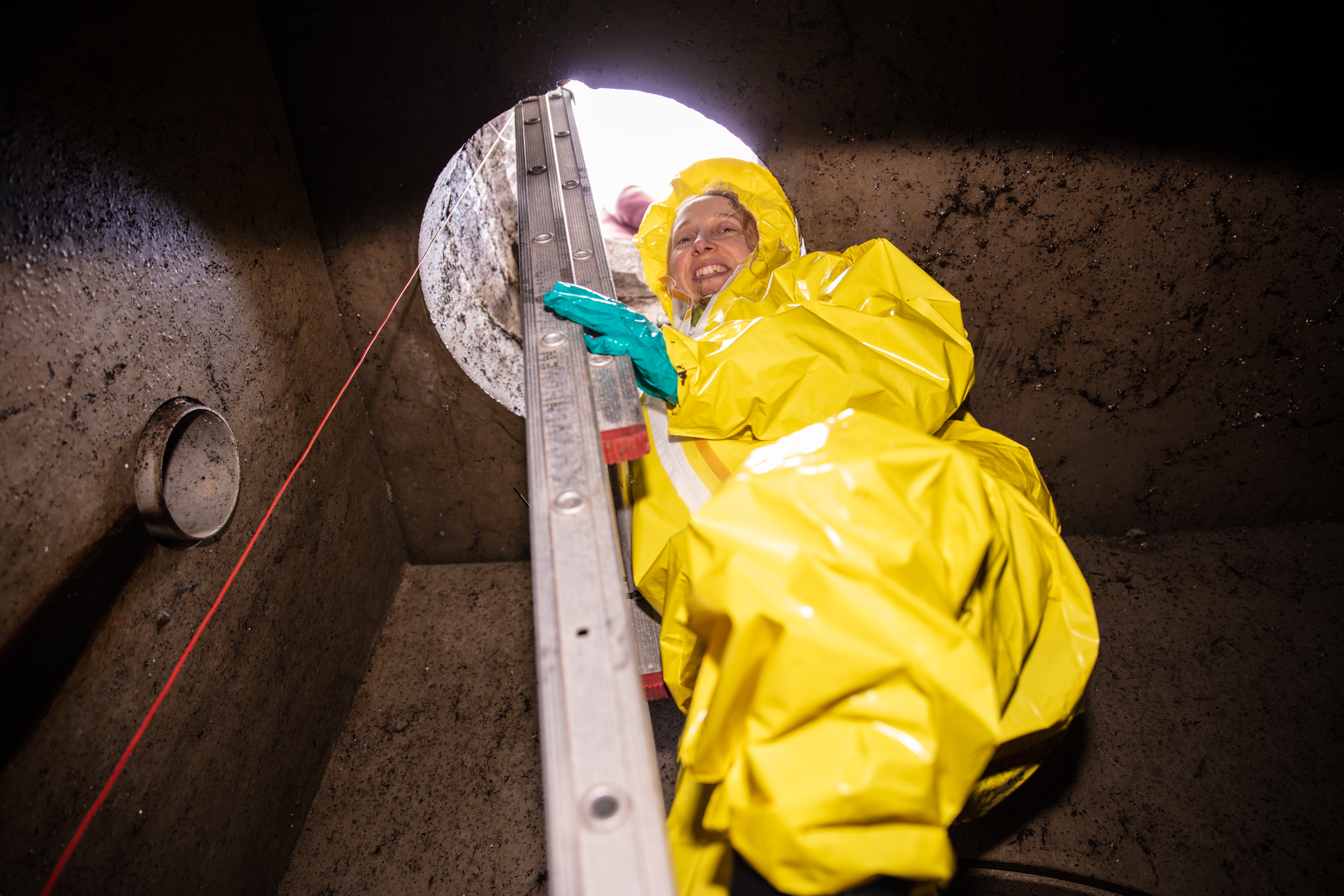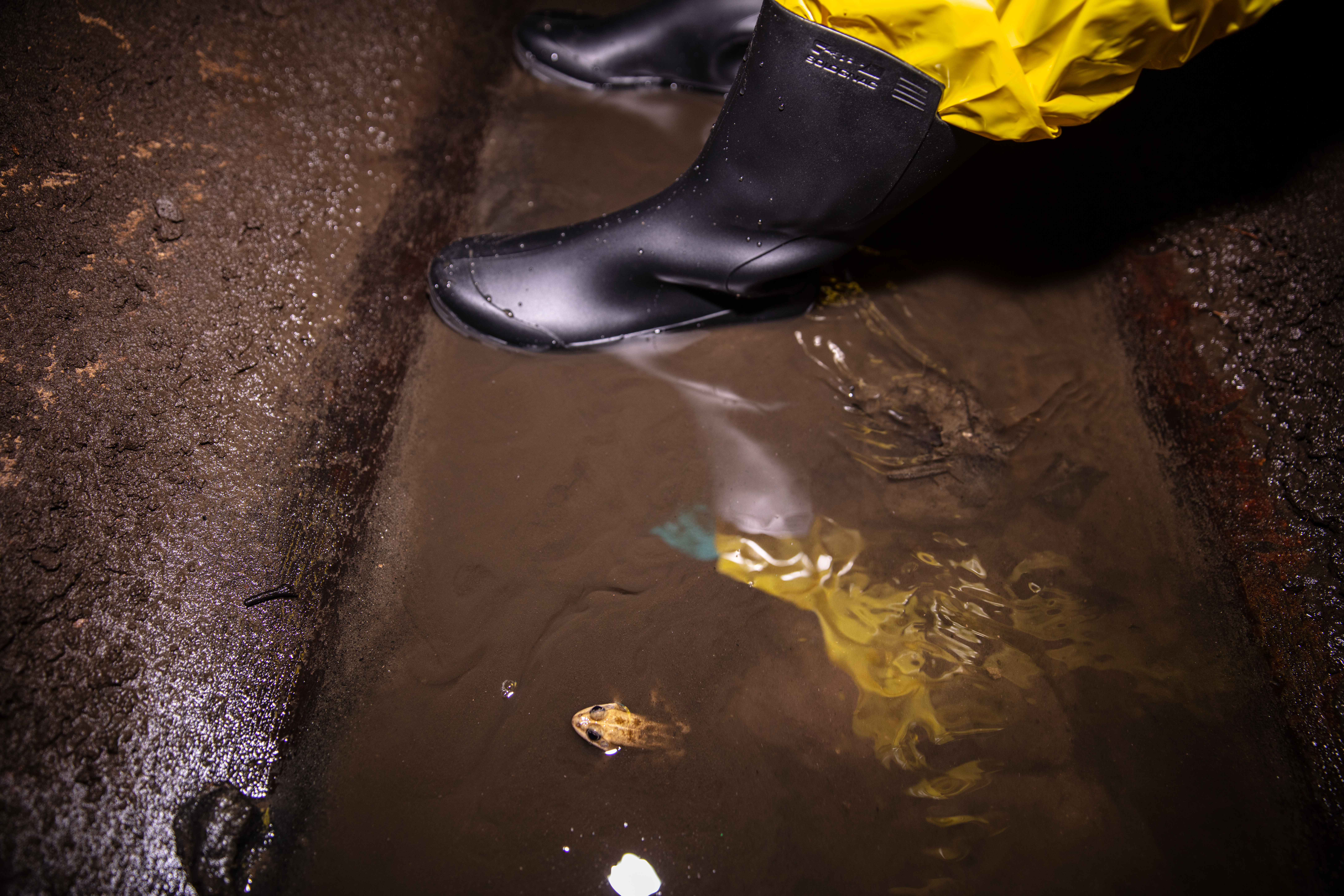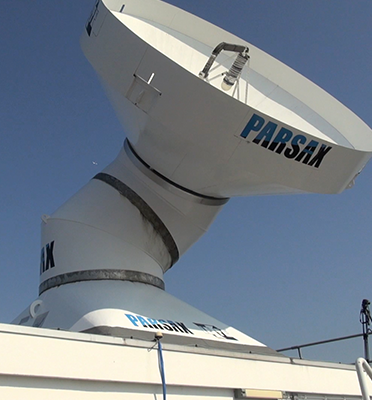A world without a sewer system is not really something anyone would wish to contemplate. With approximately 150,000 kilometres of waste pipes the Dutch sewage system is one of the country’s most important pieces of infrastructure. While maintenance is crucial it is also expensive. Lisa Scholten works on a new inspection method, which will also lead to a better understanding of the decision-making processes surrounding sewer maintenance.
Act now or later?
‘Sewer management starts with proper inspection,’ Scholten says. ‘But that means you need the right data about the condition of the system so you can come to a correct analysis. Our aim is to develop a maintenance strategy that is ahead of potential problems. The current inspection method and decision-making process does not yet allow for that.’
At the moment the assessment of the state of the sewage system is based on camera images. Is there a defect like a deep crack in a pipe which might lead to pipe collapse? Or is it simply a discoloration which does not warrant immediate intervention? The images are not always clear and the decision whether action is needed – or not- depends on the person looking at the images. That system is flawed as the condition of the pipe is not always salient on the video pictures and the classification is subjective. ‘On the basis of such an assessment it is impossible to know how much longer a pipe will last. And that makes an informed decision to intervene a very difficult call,’ Scholten says. The solution would be to collect more and more reliable data so the links can be made between, for example, the start of a crack in the pipe and the moment the pipe needs replacing. This will make a more performance-focused maintenance of the sewage system possible.
A self-learning inspection vehicle
To collect the data the team is using a vehicle equipped with sensors and cameras jointly further developed with Leiden University. This vehicle is sent into the sewage system where it can actually ‘look’ at the pipes by means of two juxtaposed cameras which enable depth perception. It also uses various sensor techniques simultaneously and can thus collect data both under and above the waterlevel in the pipe. ‘We’re using a self-learning algorithm. It learns to recognise defects automatically by comparing the images the vehicle is ‘seeing’ with ones it has ‘seen’ previously. The current method makes it difficult to see if a discoloration is simply that or a dangerous defect. By using the better quality images and data the vehicle produces that can now be easily ascertained. The automatic detection of imperfections in the system leaves less room for human error as well. But a precise measuring device and automated defect recognition are only the start. The next step is to decide on a maintenance strategy based on the data.
An aid to decision-making
For this Scholten and her colleagues need to find out how decisions on sewer maintenance are made and how the process can be improved. They decided to organise workshops with representatives from the sector. ‘These are the people who are responsible for sewer maintenance and who decide what the maintenance goals are. We thought it wouldn’t take long to find out how the decision-making process worked and what the exact maintenance goals were but it turned out to be a complex task.’ The kinds of strategic maintenance goals were not in question but opinion was divided on what these would look like in practice and what maintenance work was needed to achieve them.
‘It is like choosing a jar of marmalade without a label in a supermarket. Your choice is based on colour and shape but you can’t be sure what is in the jar and whether you will like it or if it’s good for you. That makes it a personal gamble. Jars with labels will enable you to make the connection between the ingredients of that particular marmalade and what you want it for so you can make an informed choice.’ The same holds true for decision-making.
The Delft researchers are developing a model based on known data, data gathered by the inspection vehicle and the algorithms put together in Leiden which offers the possibility to simulate what is happening in the sewer. This will enable decision makers to compare different inspection and maintenance strategies and determine how much longer a pipe can be safely used. Every action that follows will be based on an informed choice based on reliable data and the goals that one wants to achieve.
Scholten: ‘It is too early to comment on the results of our research but I hope that this new technique will help develop a system that allows for informed choices which will bring about a different perspective on sewer maintenance.’ But first there is a series of lab experiments waiting to be done. ‘It’s a four year project. Compared to the durability of the sewer system that is just a blink. Some pipes have a life expectancy of a century! But with this new method we will know this even better.’





